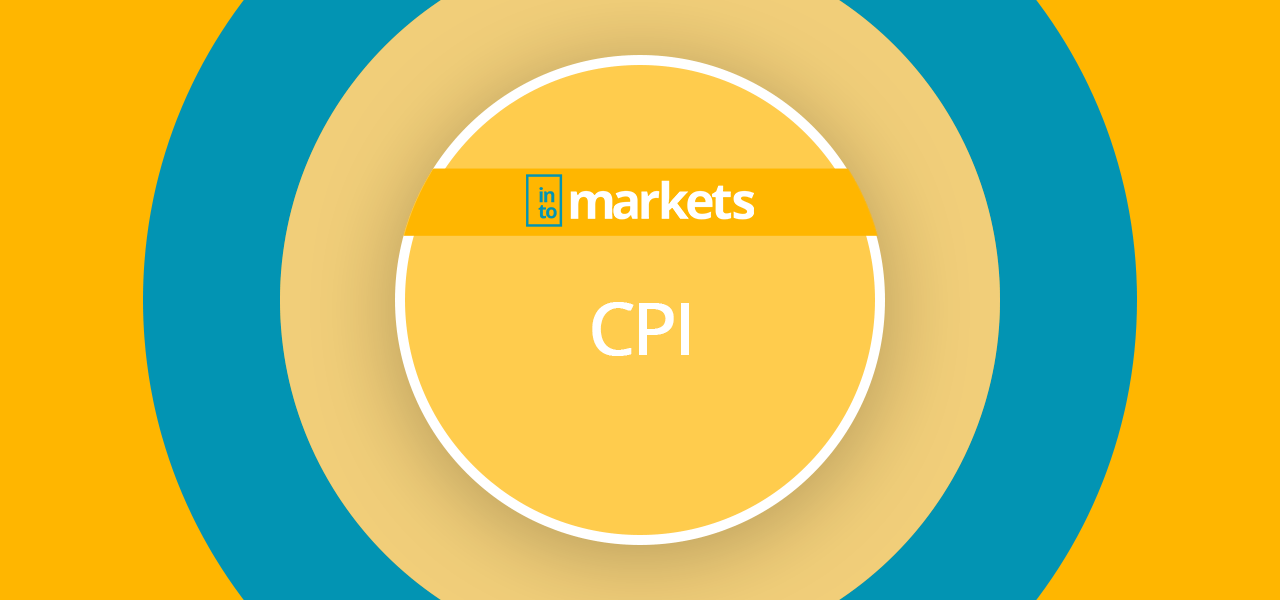What is Cost per Impression?
Cost per Impression or CPI for short describes a billing method for advertisements in marketing. The Cost per Impression method calculates the price based on the number of visits to a website, the so-called Ad Impressions. A fixed amount is usually set for 1,000 views of an ad, which the advertiser has to pay if the ads have been viewed thousands of times. Such metrics are particularly useful in the Programmatic Advertising area (e.g. Amazon DSP. In contrast to performance marketing, with targeted keywords targeted, and a cost per click model. Programmatic advertising campaigns are based on CPM (cost per mille) or CPM (price per thousand contacts), i.e. also on the total impression rate. This is where advertisers have to measure and evaluate advertising campaigns differently. The CPI is, therefore, a useful basis for assessment, especially for impression-based campaigns.
The Cost per Impression method is a popular method used mainly in online marketing, as it is easy to control and target more precisely. With this method, the advertiser pays a fixed price to the advertising partner when the ads are delivered to a thousand people. For example, in the online sector, the price is always paid when the ads are played out to a thousand different websites.
In contrast to the CPC billing model (Cost per Click), with the CPI payment is only for the displays alone. Along with the CPC method, the CPI is one of the most frequently used billing methods on the Internet. Networks such as Facebook Business or Amazon earn some income this way. The networks determine the ad design and the price for a thousand insertions and also offer advertisers suitable partner websites.
How the CPI works
The advertiser sets his budget for a certain period, usually a month, and then releases it to adjust the playout to the budget. If the budget comes to an end, the ads are played less frequently.
The price for the Ad is set by either the advertising network or the advertising partner. This means that prices for ads on high-reach sites are higher, with larger ads being even more expensive than smaller ones and the advertising space also playing a decisive role in the price. Nevertheless, the advertiser can still set the price, which he is at most willing to pay. This fixed price is then set as a maximum budget, just like in a CPC auction.
Advantages and disadvantages of the CPI
A significant advantage is the exact budget planning because the advertisers can decide for themselves how much money they want to spend on the campaign. The advertiser can also plan directly with the budget used. A negative aspect, however, is that there is no guarantee that the ad will be clicked and the success of the advertising campaign is, therefore, challenging to measure. The advertisement could, therefore, be ineffective without being noticed.
Summary
The CPI indicator is particularly recommended when the campaign is about increasing brand awareness and not about achieving conversion. CPI campaigns are usually only used on highly frequented sites to attain maximum prestige.




